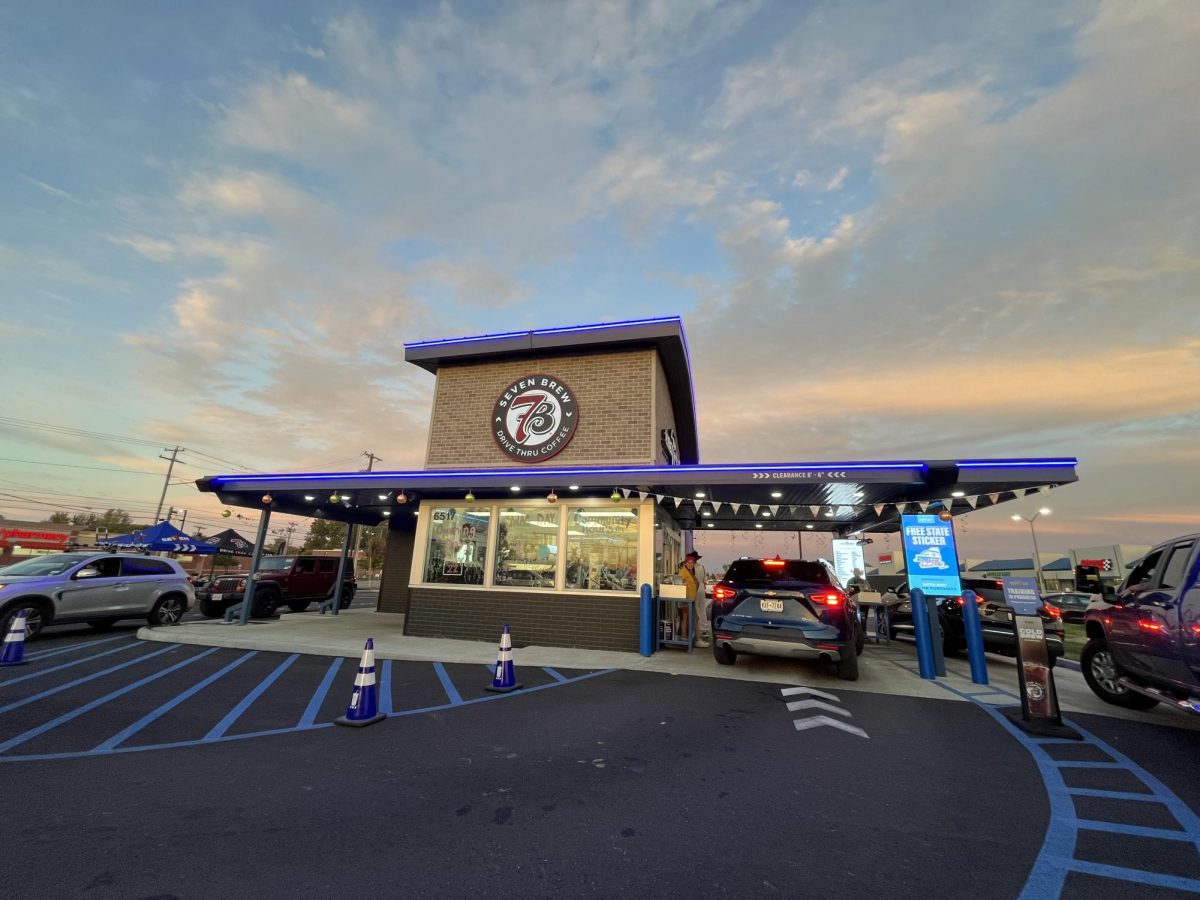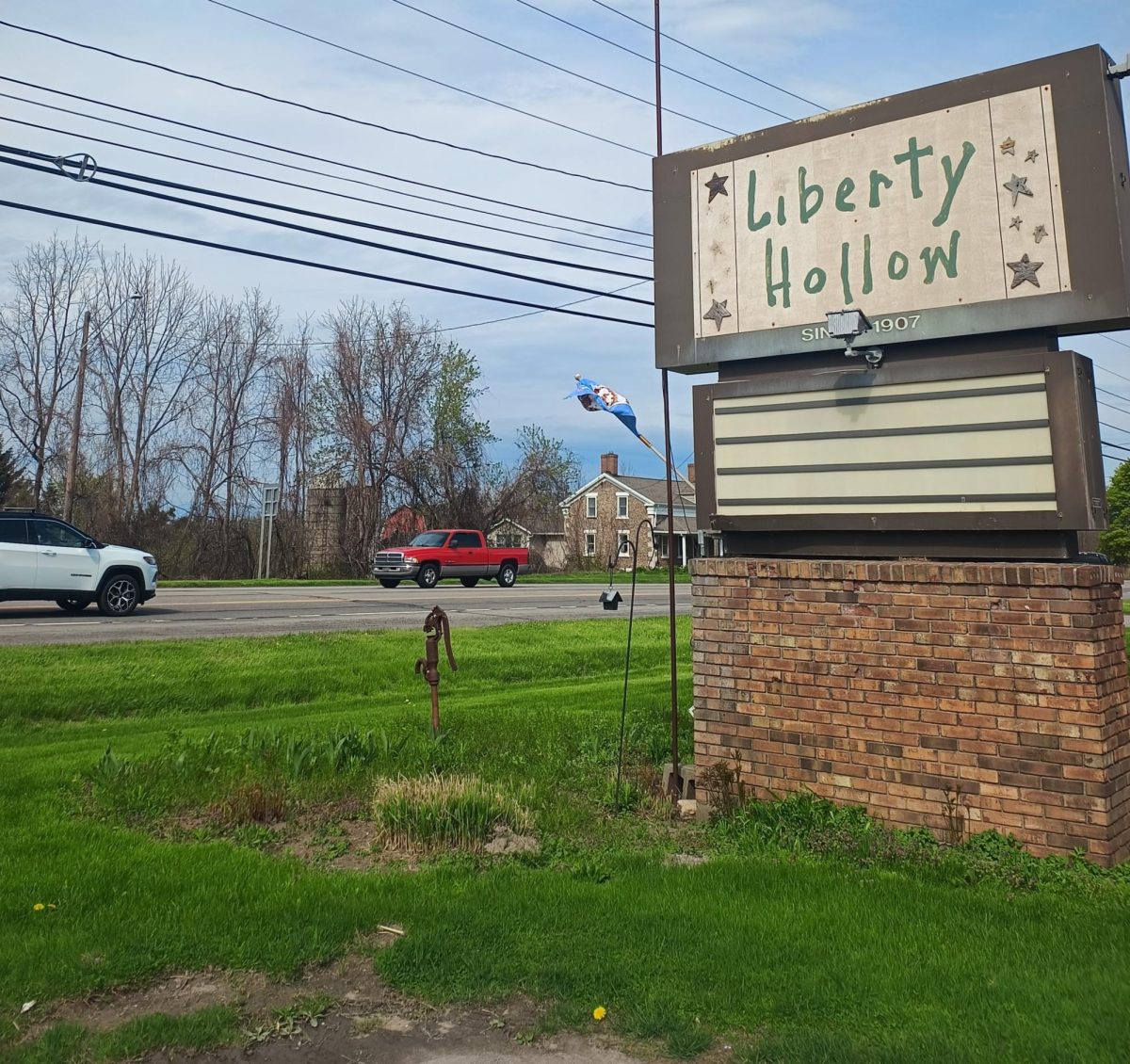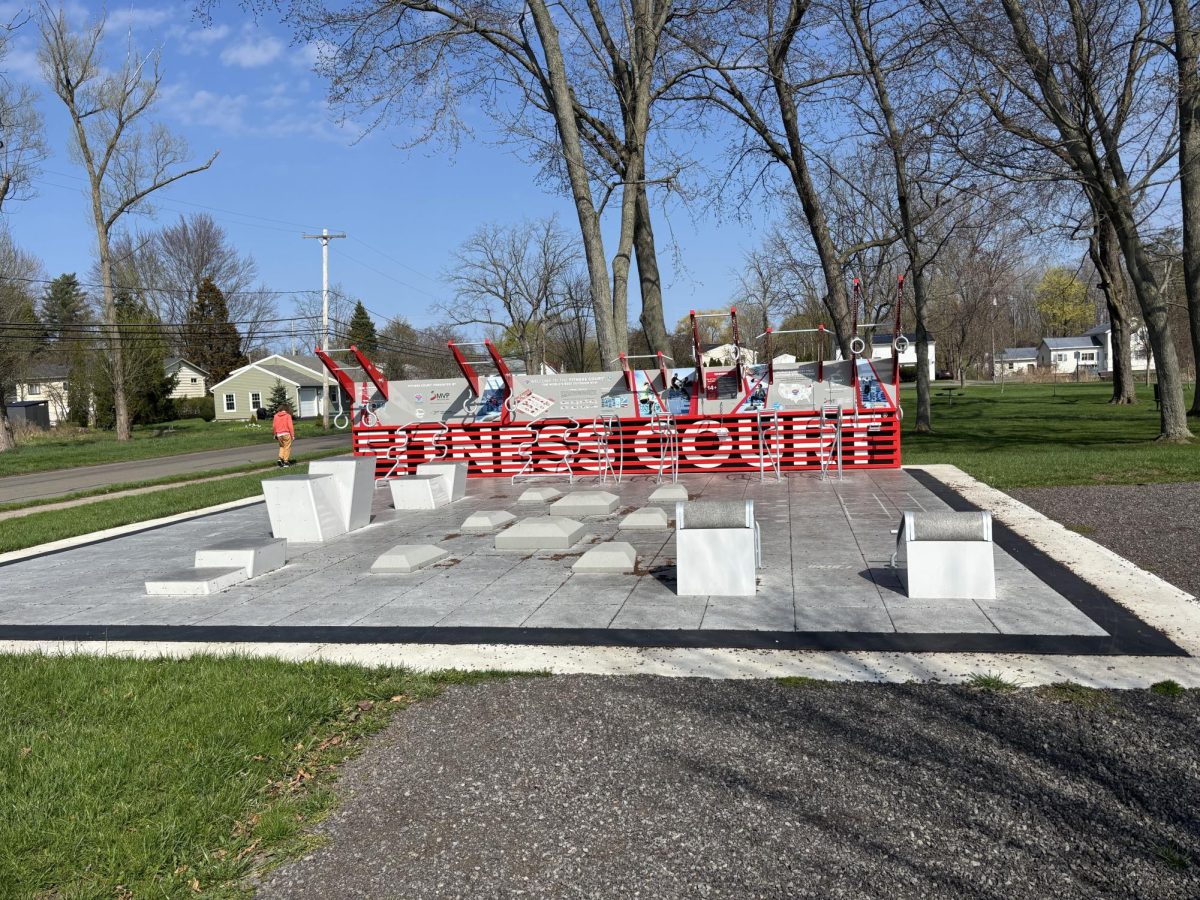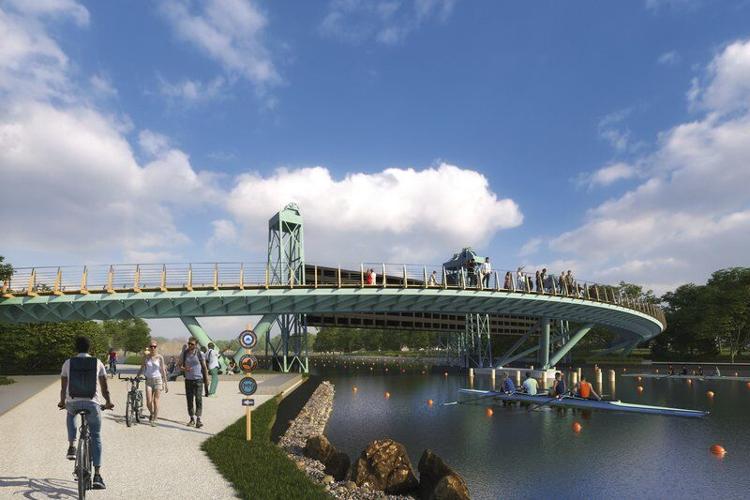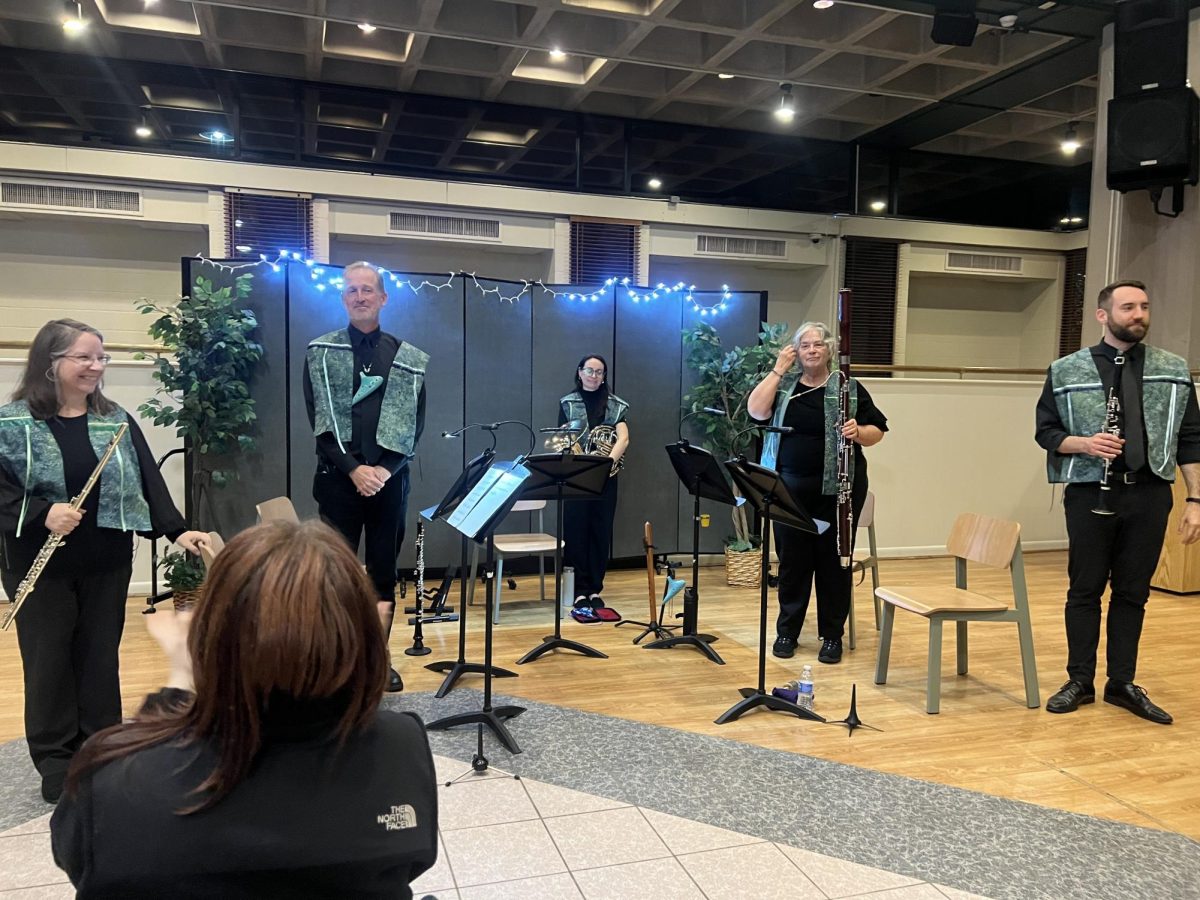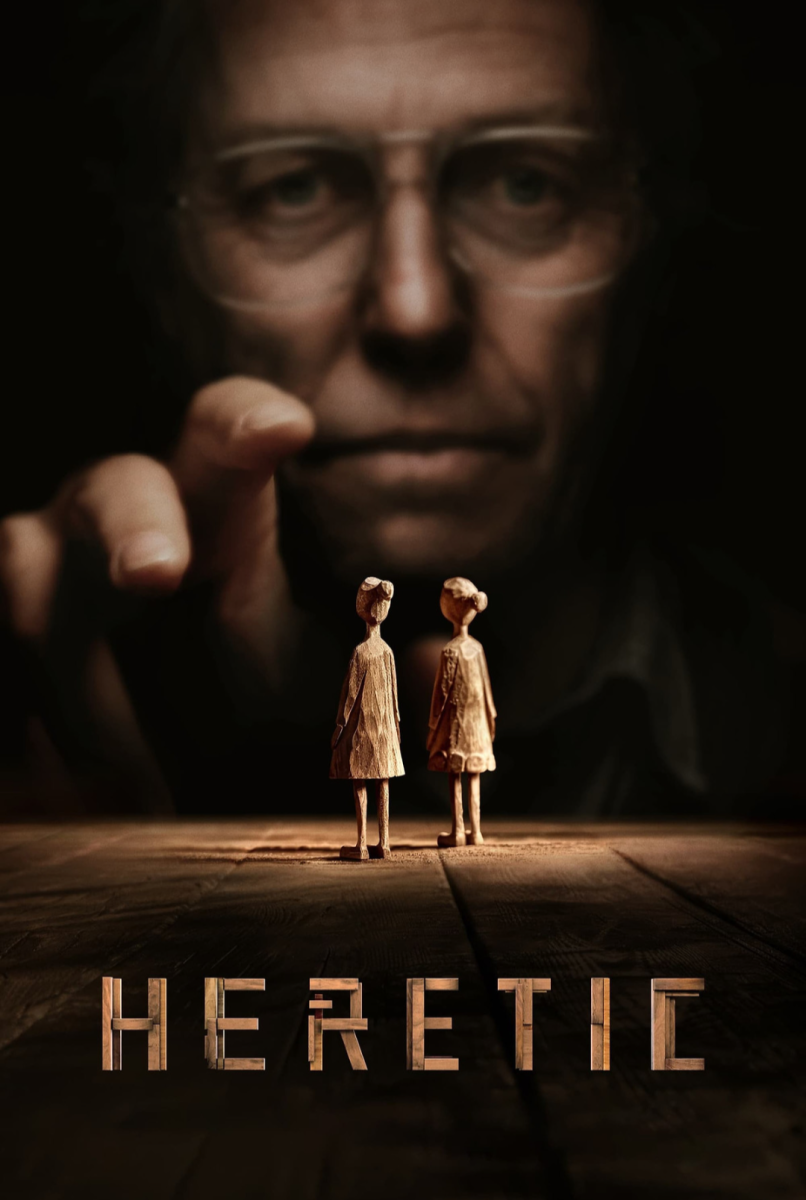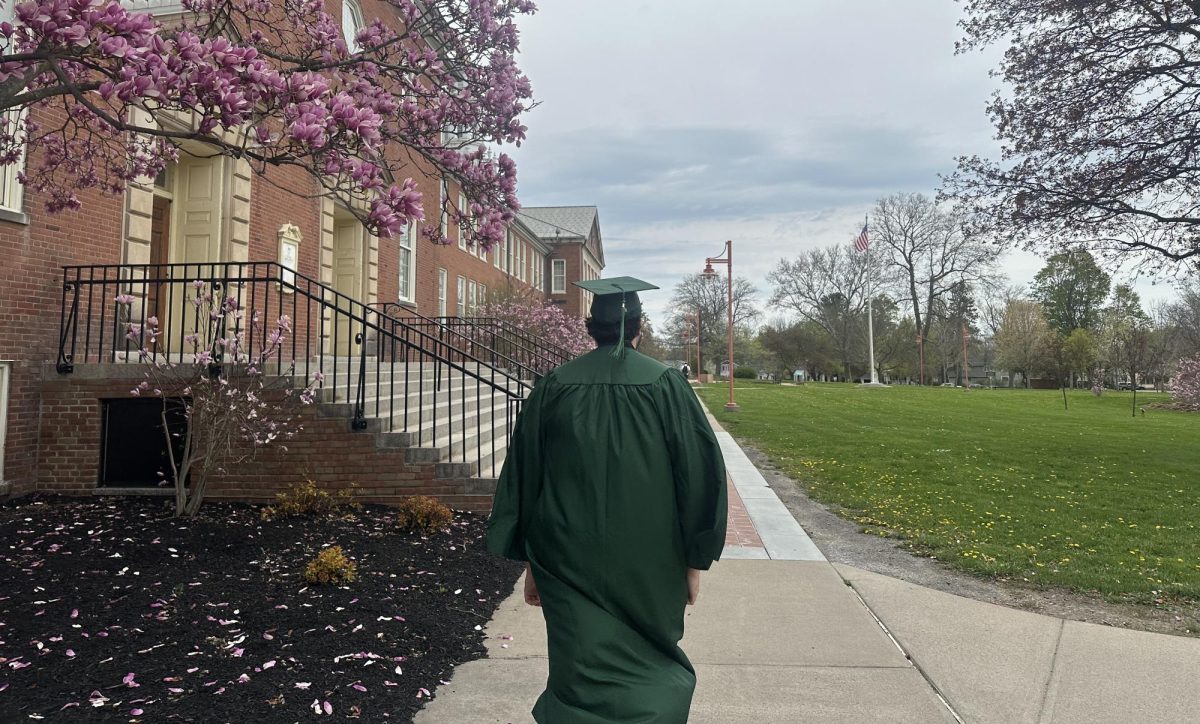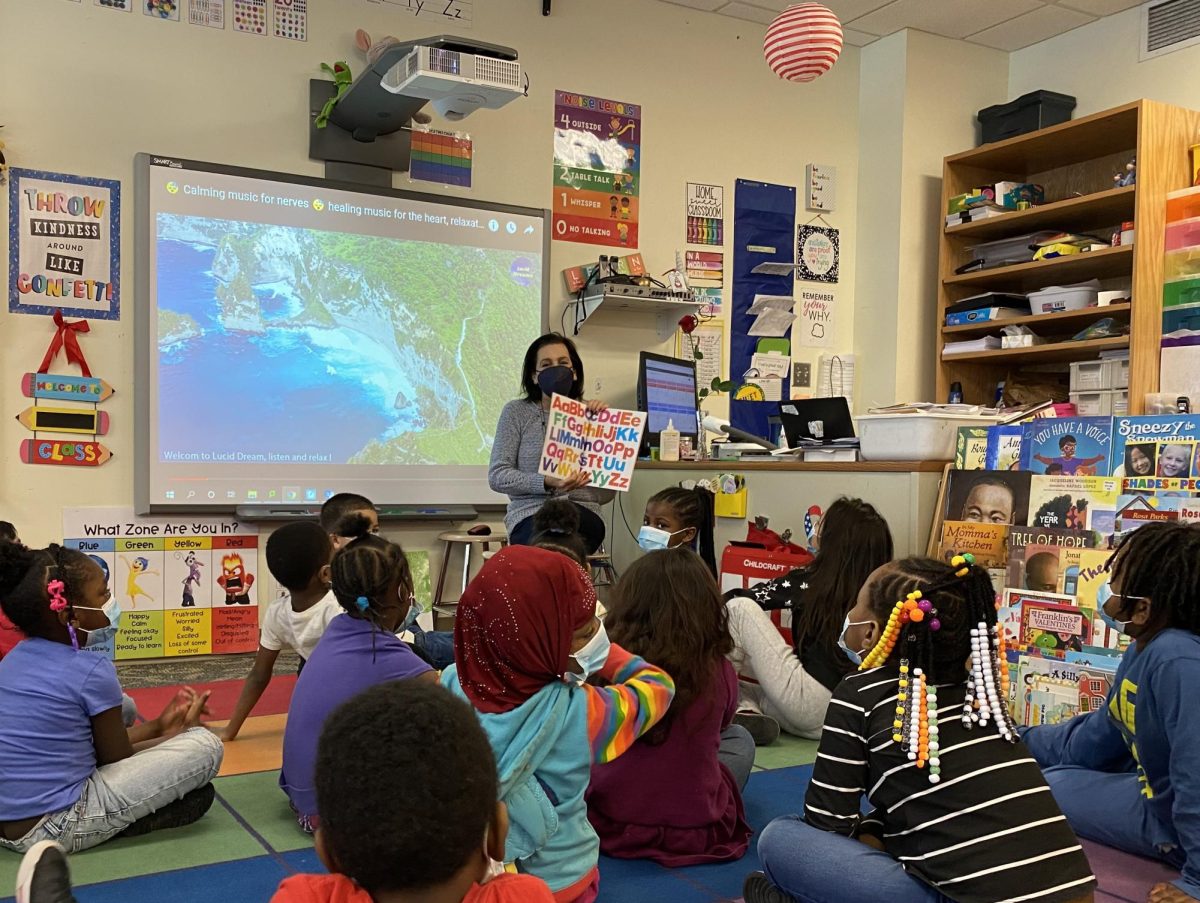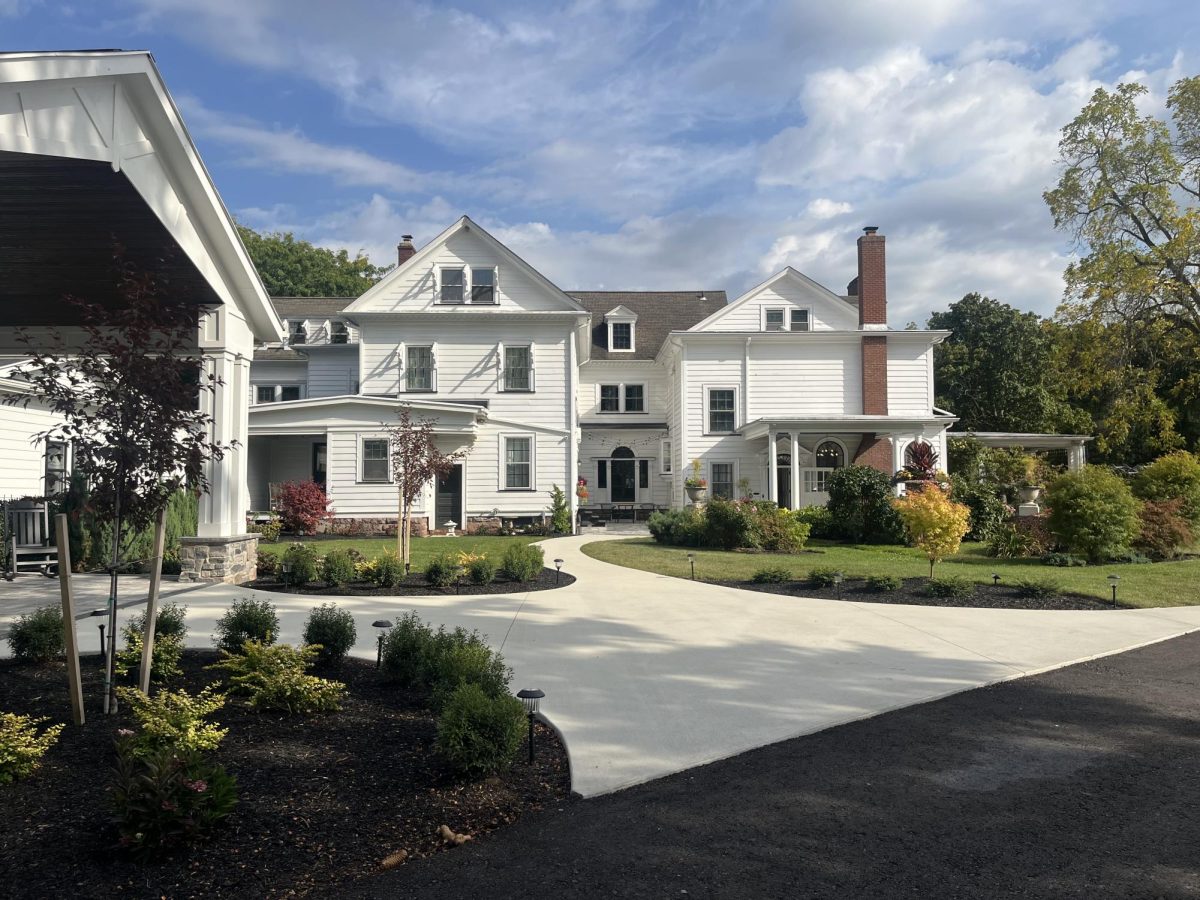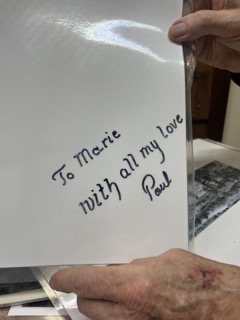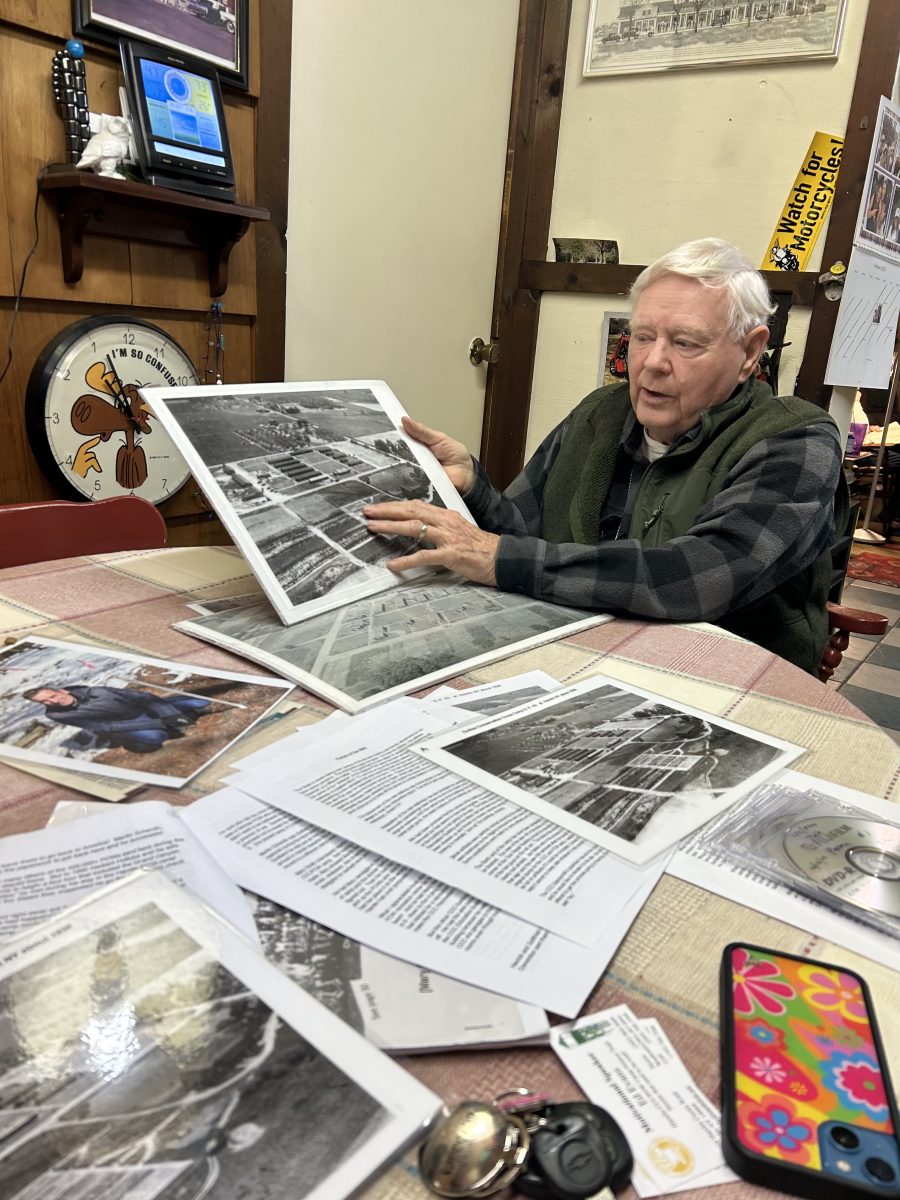By Lucy Crounse
Ed Evans is a lifelong teacher and a lifelong learner. Evans, who retired after 33 years as a science teacher at Hilton High School, now spends his time teaching the history of one of the most treasured sites in Western New York; Hamlin Beach State Park.
Evans joined the Hamlin Town Board in 1985. One of his roles on the board was to be a liaison with the town historian. Evans immersed himself in the storied history of Hamlin Beach State Park’s role in WWII as a POW Camp for German soldiers.

“I saw it and was just blown away. I spent years and years trying to get in there, and they kept shooing me out, threatening me and giving me tickets for trespassing,” Evans said.
It wasn’t until decades later, in 2008, that Evans finally found an ally.
“They got a new park manager, who got told to watch out for this little short blonde guy,” Evans said. “Rather than condemn me, he wanted to talk to me and he said ‘Do you know anything about this camp?’ I said yes and he said ‘Do you think we can make a history site out of it?’”
From there, Evans began the decade-long journey to revitalize the historical site, along with help from volunteers and his wife, Sue.
The couple first met while teaching at Hilton High School.
“She had the room over my head and kids would always go up and down between our rooms saying ‘Do you know what your husband just said?’,” Evans said. “It was kinda neat and we always had a lot of fun.”
The two teachers settled in Hamlin, N.Y. after marrying, and still live there today.
Their modest one-story home showed how long the Evans have been part of the Hamlin community, with red siding, faded by years in the sun. Lawn ornaments and wind spinners decorate the front yard, placed with care around two giant oak trees. Inside the Evans’ home told the story of who they were, their life experiences and the things they have accomplished. Hitting the pause button in a past decade, their home felt like you were walking into your own grandparent’s house. The kitchen had green and white tiled floors, dark cabinets and a refrigerator so full of magnets you could hardly see any white space. Occasionally a cat would walk by and Sue would get up to put more food in their dish. Walking into the dining room was like walking into a Hamlin Beach museum. Piles of laminated photos were stacked high on the table, next to a cardboard box filled with well-maintained artifacts, pieces of the story of the CCC and POW camps.
The hundreds of pieces of information in front of him were enough to keep Evans occupied for hours. Telling the long history of Hamlin Beach, his eyes lit up and he bounced from story to story, his mind buzzing with where to take the history lesson next.

“I’ll come back to that,” Evans said. “I’ll tell you that story in a second.”
Going back and forth between maps, photos and homemade information booklets, Evans talked for hours, trying to explain the story he picked up in 1985 and still hasn’t put down.

